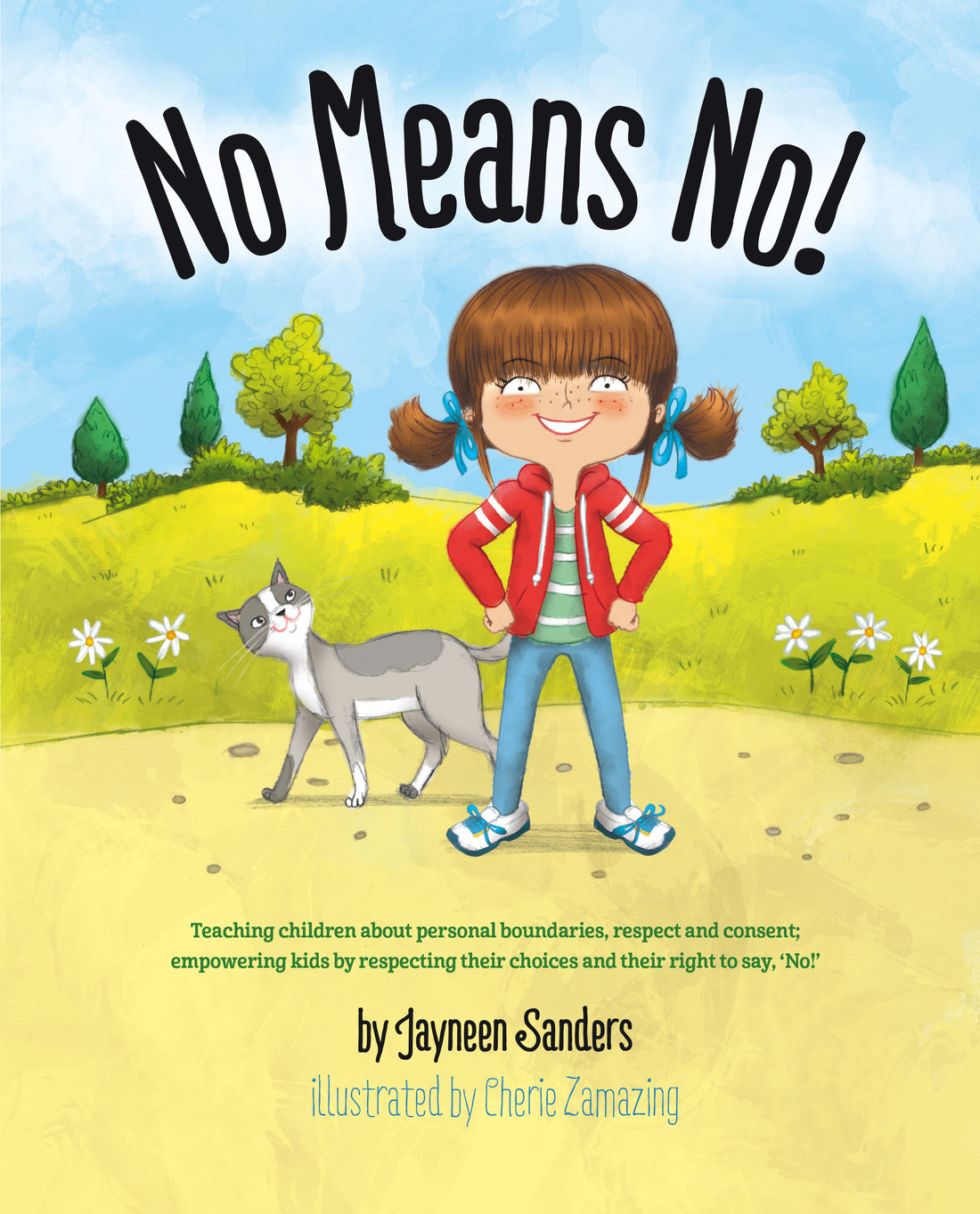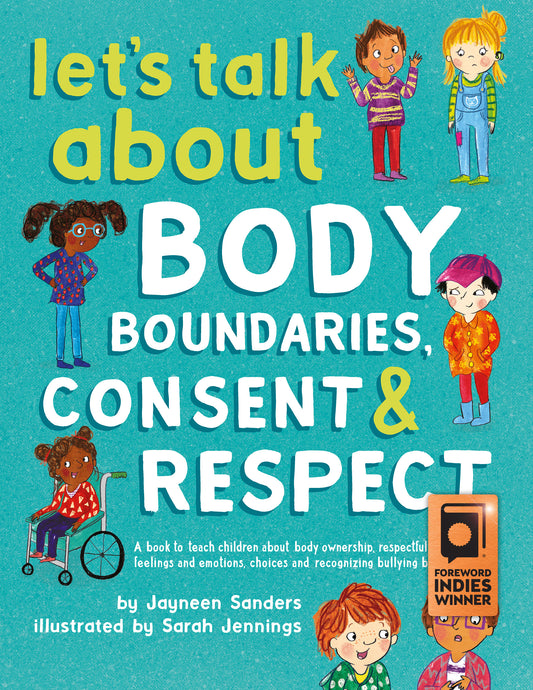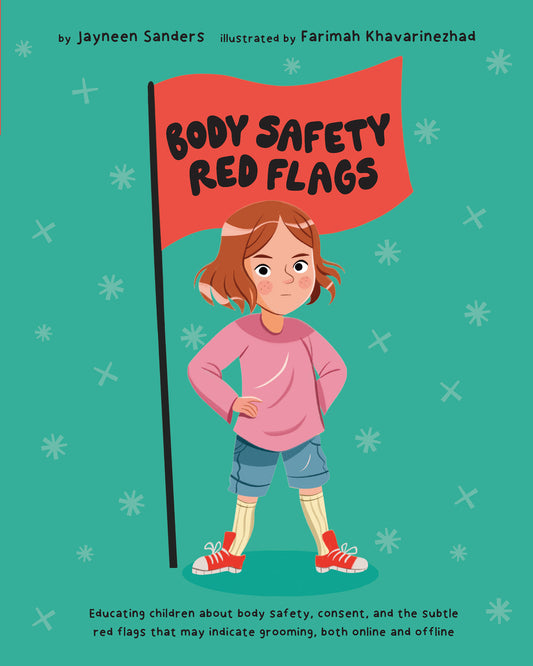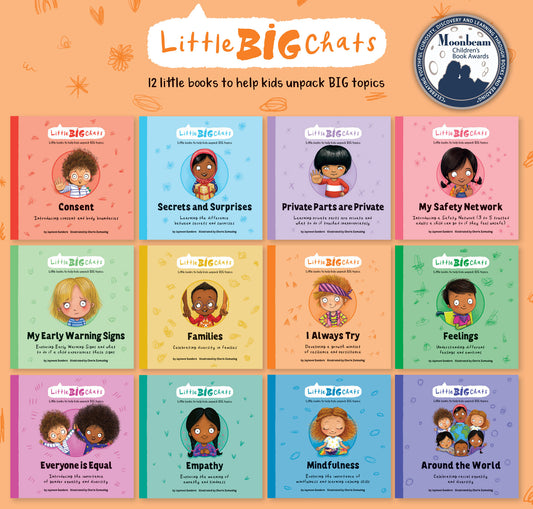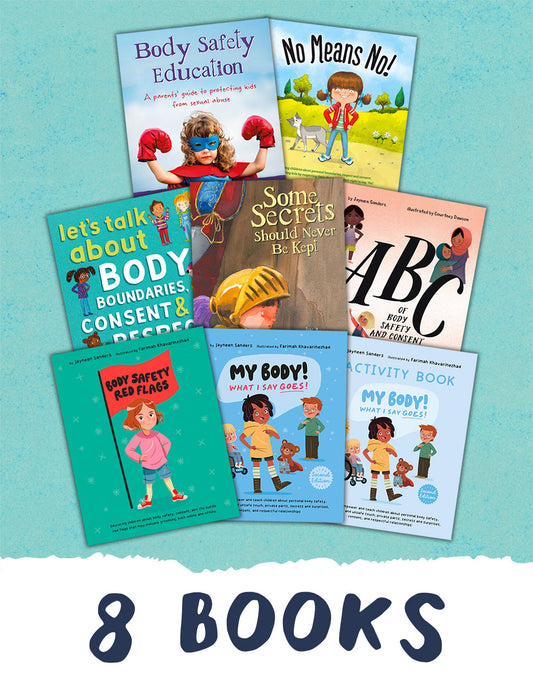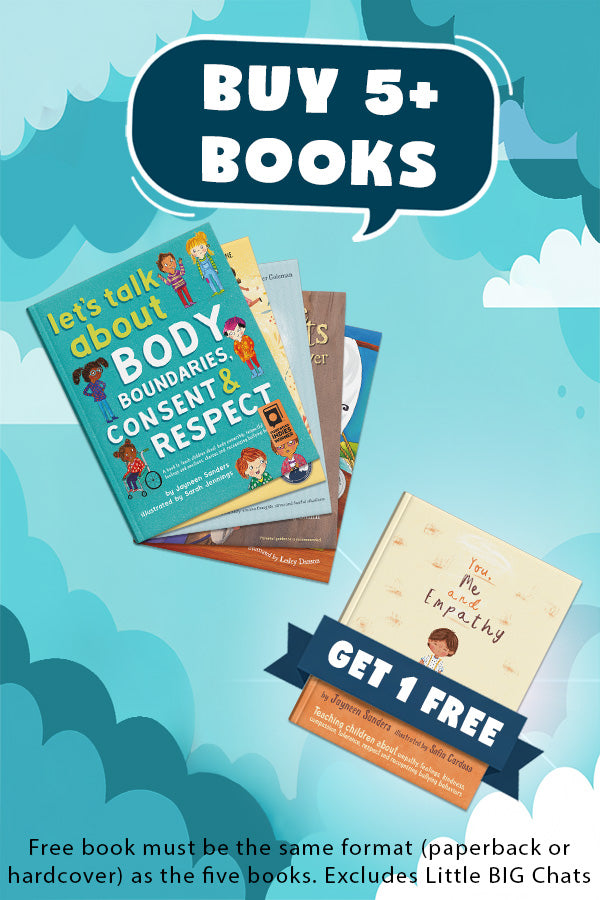About two years ago when I was a substitute teacher in a grade 1 class, I encountered a little girl of around 7 years old. For this blog, let’s call her Karli. Karli was a very shy child (unlike my own three outspoken daughters and myself as a child:)) but I respected this aspect of what I believed to be her innate nature. Karli was also one of those little girls that the boys seem to gravitate towards. Always buzzing around her and wanting to hug, kiss and hold her hand. Karli would respond with coy smiles and allow them to show the affection they wished to bestow upon her.
On my second day in the class, the boys’ and Karli’s behavior began to increasingly worry me. I asked Karli if she really wanted the boys to hug and kiss her. He response was, ‘No, I don’t’. At this point I said to her, ‘Well, Karli, you have the right to say NO to the boys.’ I showed her how she could stand firm and tall, put her hand out in front of her and say, ‘NO! I don’t like that!’. It really didn’t come as a surprise to me, that she actually couldn't do it. She became giggly and coy every time she tried to model my stance and actions.
To be frank, Karli was a very pretty girl and I expect adults and children alike thought so too. She most likely had learnt from a very young age that she was an object to be admired and being innately shy, she consequently put up with the hugs and kisses the boys (and I suspect adults) had always bestowed upon her.
By the third day, I had her standing in her super girl/pirate stance, with one hand on her hip and one hand outstretched saying, ‘NO! Means No!’ I have to admit it was hard for her, and it took some time for Karli to be able do this in front of me; but eventually and with practice she became comfortable to use her voice and firm body language.
After teaching Karli and her classmates, I decided there was a definite need to write a children’s book to empower young kids and give them a voice. It is crucial that children from a very young age know their body is their body, and that they have a right to say, ‘NO’ to unwanted touch. Our children’s bodies belong to them. If they don’t wish to hug or kiss an adult or another child, they have the right to say, ‘NO’. A polite high five or shake of the hand is perfectly fine. Adults and children alike, need to respect this ‘NO’; they also need to ask permission of a child if wanting to hug or kiss them. Of course in many child-adult relationships there may be an ongoing mutual understanding that hugs and kisses are okay, and that permission is not sought every time. But if the child doesn’t want a hug or a kiss on a particular occasion, than their ‘NO’ is also okay and to be respected.
Teaching a young child from the earliest of years consent and body autonomy is one of the greatest gifts you can give them. It provides a child with the confidence and assertiveness to say, ‘NO’ to unwanted touch (which includes bullying) and especially unsafe touch (see www.e2epublishing.info for children’s books on Body Safety). Child sexual predators will and do use use tickling and touching games to groom young children. If your child has the confidence to say, ‘NO’ to any form of unwanted touch, then you have given them a great gift, and they will have an awesome chance to grow into confident and assertive teenagers and adults.
Jayneen Sanders (aka Jay Dale) is a teacher, author, mother of three daughters and an active advocate for sexual abuse prevention education and respectful relationships to be taught both in the home and in schools.
Want to know more about this book? Visit the "No Means No!" page for more information on the content and testimonials from readers...
Was this article helpful to you? Take a look at the most recent articles in our Blog.
For more information on this topic go to e2epublishing.info
All books are also available on Amazon.com and Amazon.co.uk
